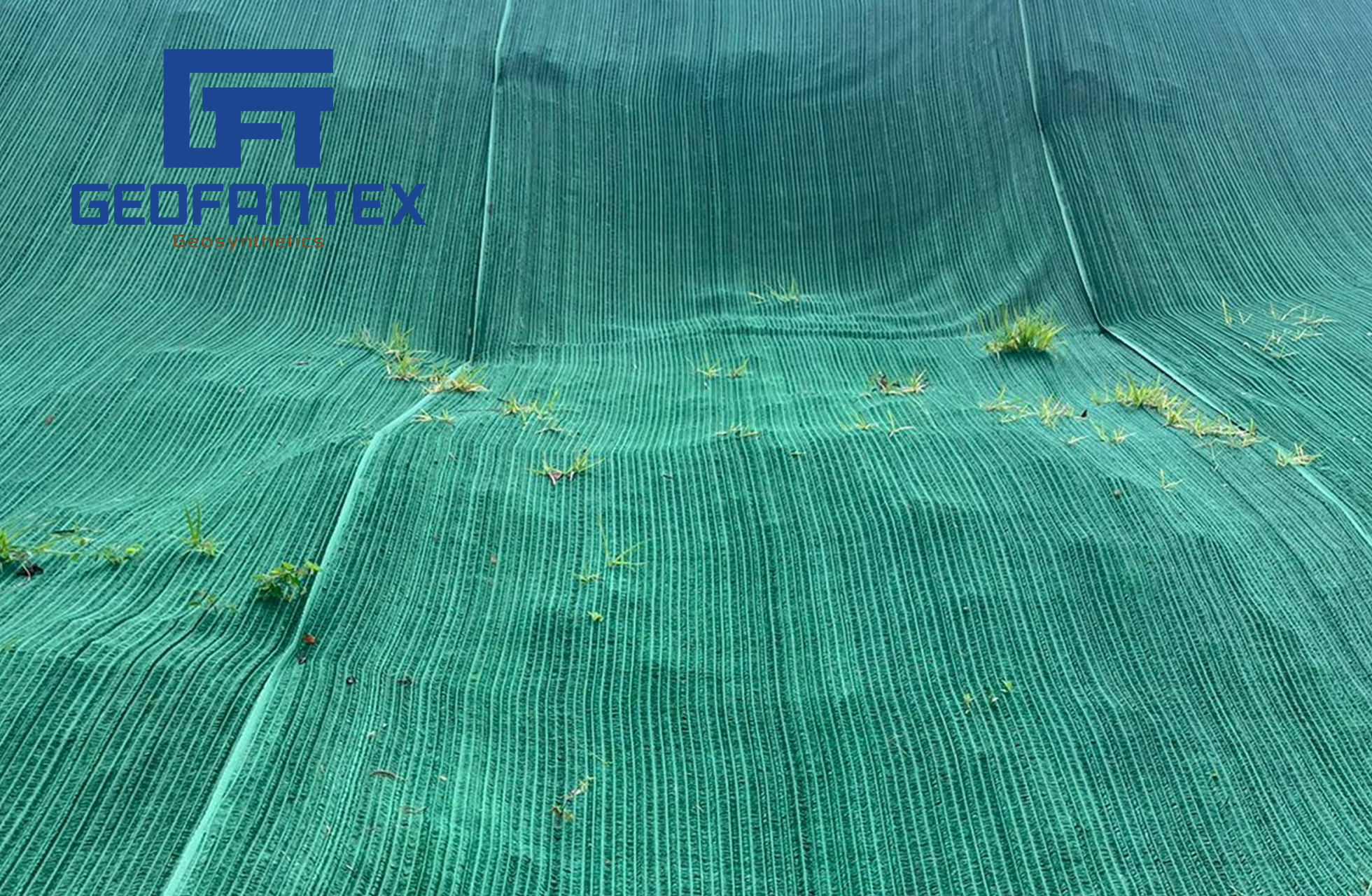+86-159 9860 6917
info@geofantex.com
geofantex@gmail.com
+86-400-8266163-44899
When it comes to infrastructure projects such as road construction, retaining walls, or erosion control, a successful geosynthetic install ensures long-term performance and stability. Proper installation techniques maximize the material’s effectiveness and extend its lifespan. In this article, we answer the most common questions about geosynthetic installation and offer solutions to help you achieve optimal results in your projects.
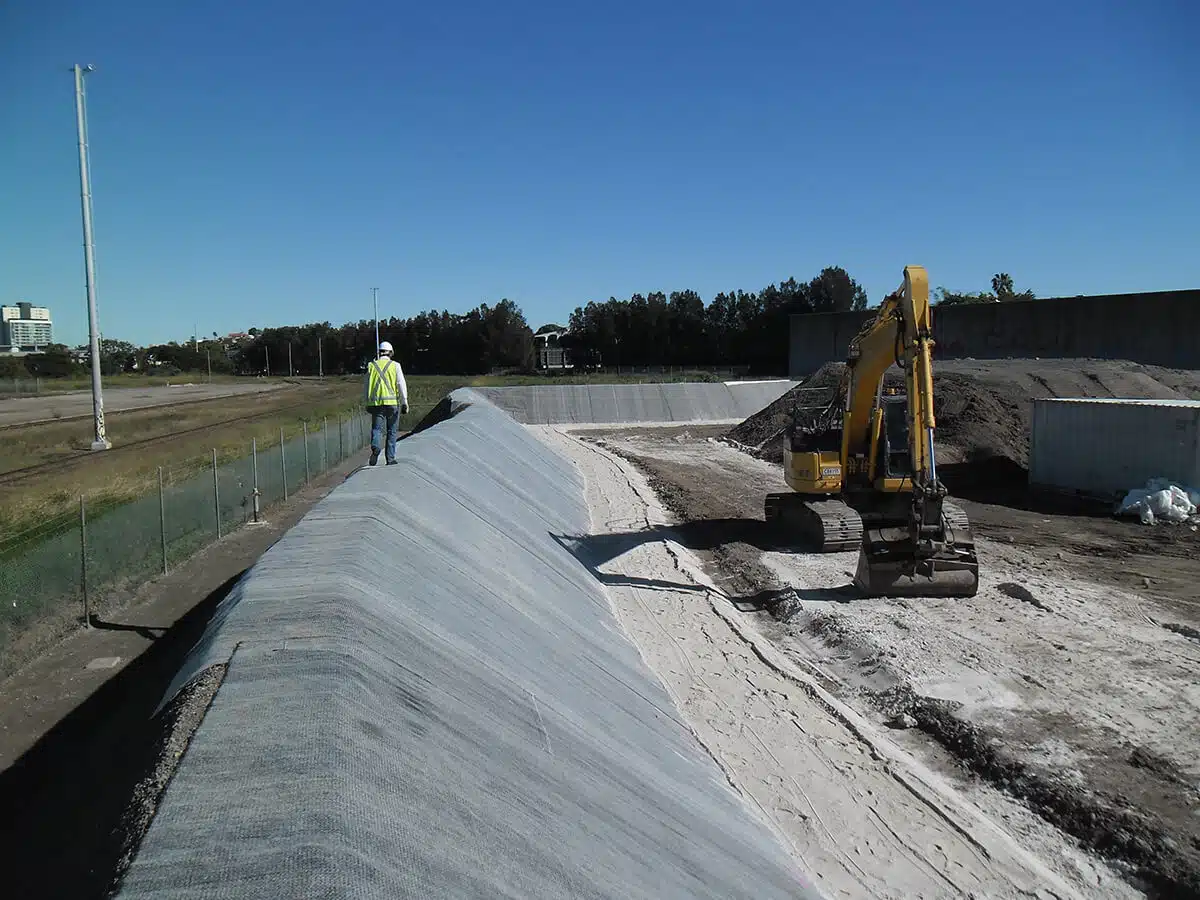
What is the process of geosynthetic installation?
The geosynthetic install process involves several key steps, including surface preparation, material placement, securing, and inspection.
- Surface Preparation: The site must be cleared of any debris, roots, or sharp objects that can damage the geosynthetic material. A smooth base ensures better contact between the geosynthetic layer and the soil.
- Material Placement: Unroll the geosynthetic material carefully, making sure it lies flat without folds or wrinkles. Overlapping the edges according to manufacturer guidelines is essential for preventing soil migration and maintaining the barrier’s integrity.
- Securing: Use pins, staples, or other appropriate fasteners to hold the geosynthetic material in place. This step prevents movement during the backfilling process.
- Inspection: Once the installation is complete, inspect the geosynthetic layer to ensure there are no tears, gaps, or misalignments. Any issues should be corrected immediately to avoid compromising the structure.
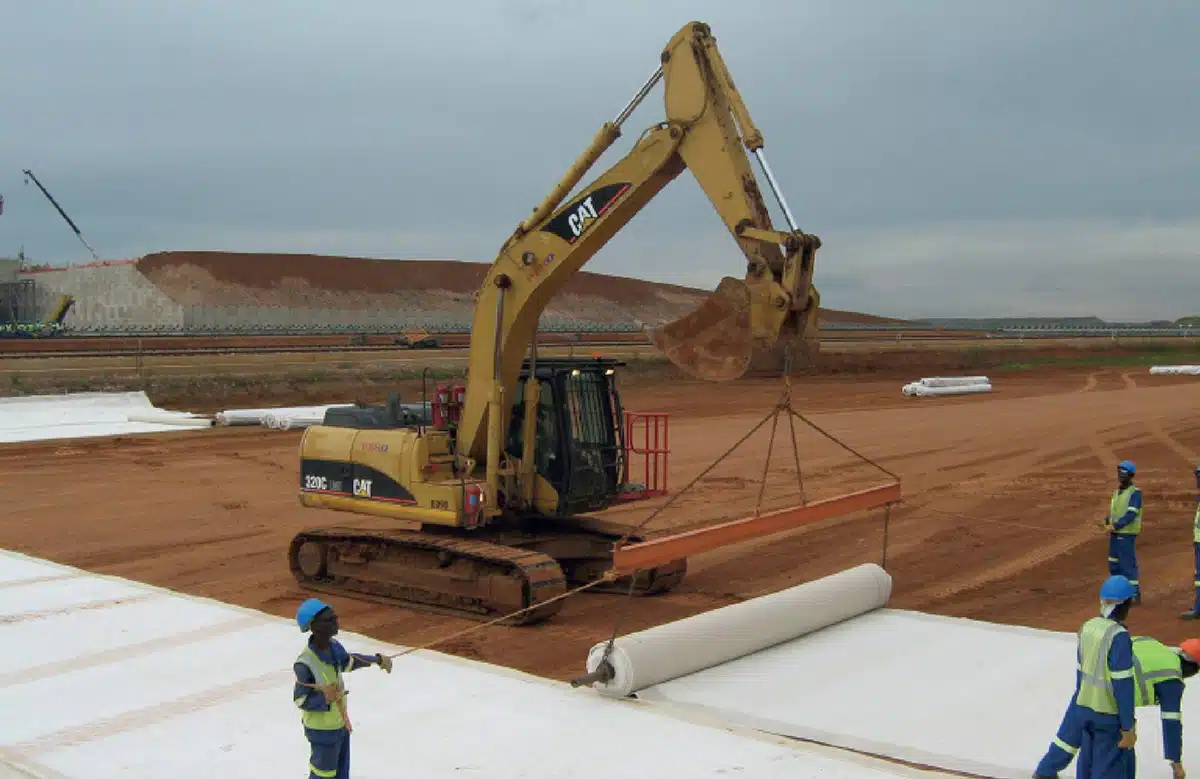
What types of geosynthetics are used for different applications?
Various types of geosynthetics are used depending on the project’s requirements. Here are some common types:
- Geotextiles: Used for filtration, separation, and drainage applications.
- Geogrids: Provide reinforcement for slopes, walls, and pavements.
- Geomembranes: Act as barriers to prevent the movement of liquids or gases.
- Geocomposites: Combine multiple geosynthetics for enhanced performance, such as drainage and reinforcement in one material.
Choosing the right geosynthetic material for your project ensures a successful geosynthetic install that meets engineering requirements.
What are the common mistakes during geosynthetic installation?
Common mistakes during geosynthetic installation can reduce the material’s effectiveness and cause premature failure. Here’s what to avoid:
- Improper Surface Preparation: Failing to remove sharp objects or debris can cause punctures in the geosynthetic material.
- Incorrect Overlap: Insufficient overlap between sheets can lead to soil migration and structural instability.
- Inadequate Securing: If the geosynthetic material is not properly anchored, it may shift during backfilling, reducing its effectiveness.
- Skipping Inspection: Skipping the final inspection step can leave unnoticed damage that compromises the project’s durability.
By avoiding these mistakes, your geosynthetic install will be more effective and long-lasting.
How do you ensure the longevity of a geosynthetic installation?
To ensure your geosynthetic installation lasts for decades, follow these best practices:
- Use Quality Materials: Choose high-quality geosynthetic products that are suitable for your project’s needs and environmental conditions.
- Follow Manufacturer Guidelines: Adhere to the manufacturer’s specifications for installation, overlap, and securing methods.
- Regular Maintenance: Perform routine inspections of the installed geosynthetics to check for any signs of damage, displacement, or degradation.
- Protect from UV Exposure: Some geosynthetics degrade when exposed to sunlight for prolonged periods. Ensure that the material is covered with soil or protective layers to minimize UV exposure.
A proper geosynthetic install is essential for ensuring the success and longevity of infrastructure projects. By understanding the installation process, selecting the right geosynthetic materials, avoiding common mistakes, and following best practices, you can achieve a durable and efficient installation. Remember to inspect the geosynthetic layer after installation and maintain it regularly to maximize its lifespan.
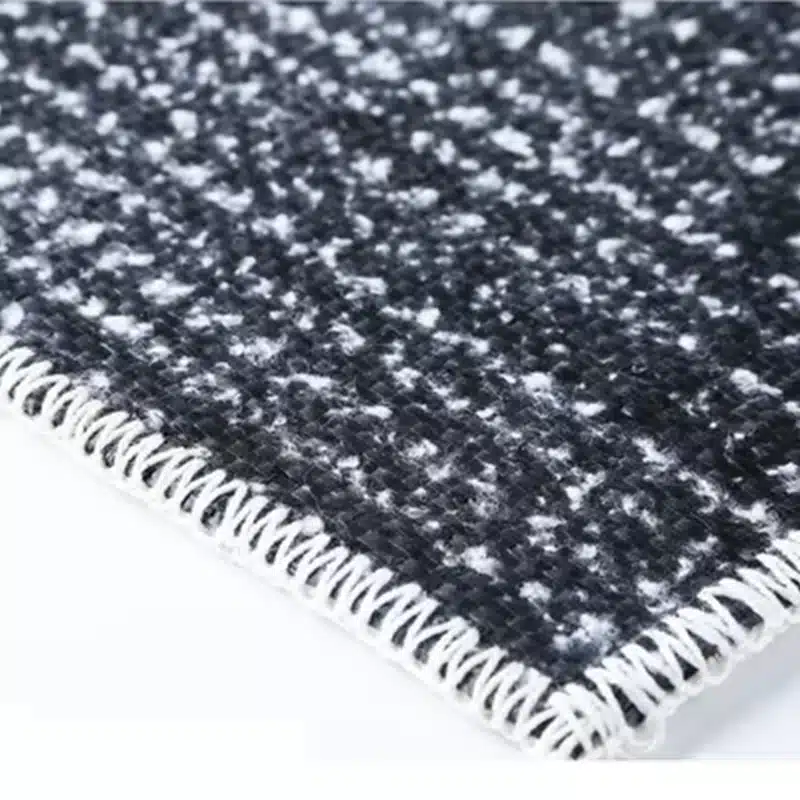
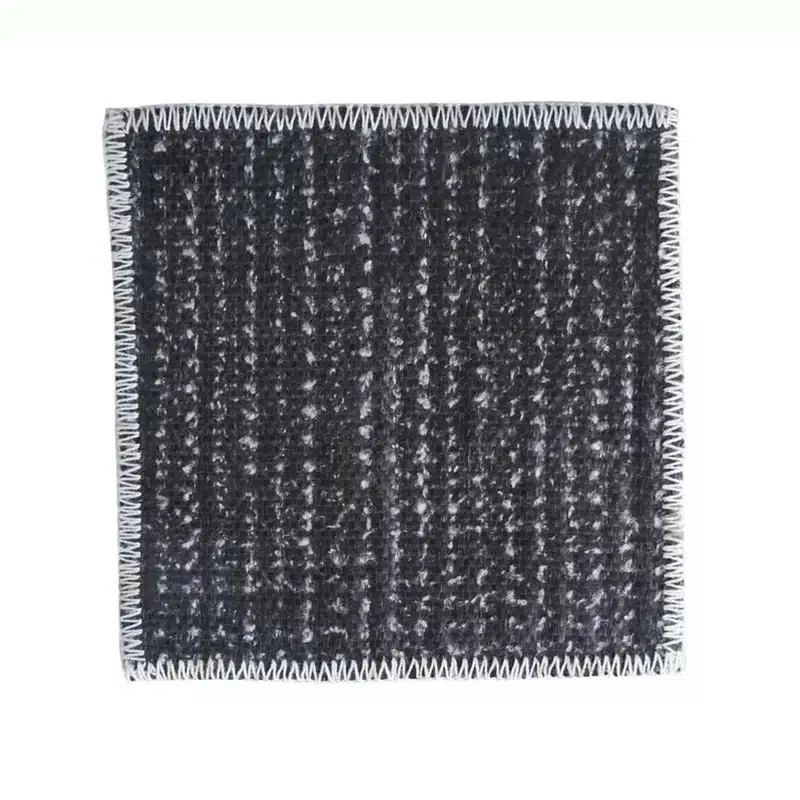
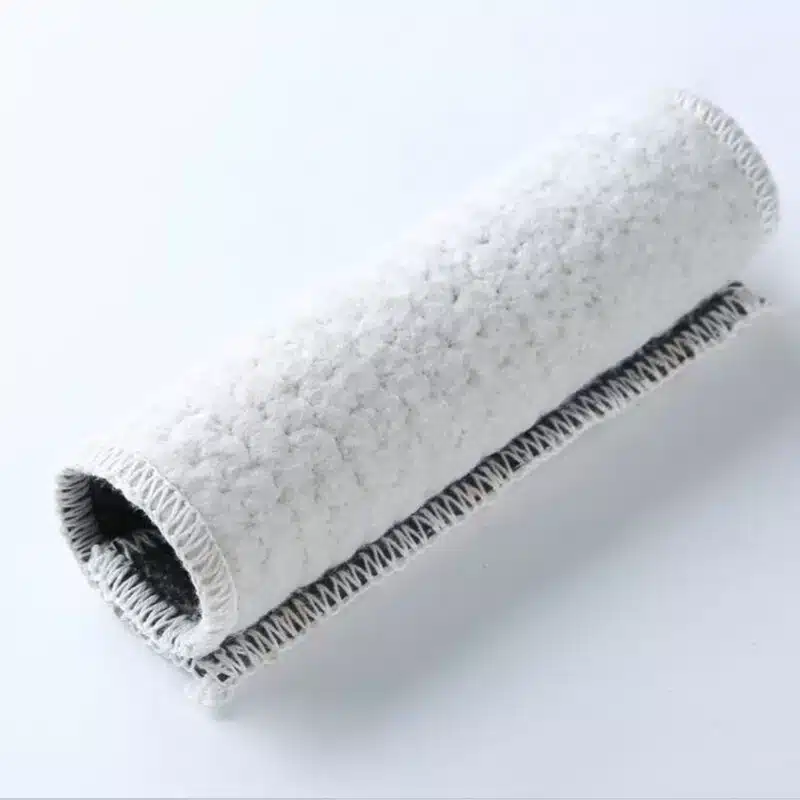
Get Free Sample
We’ll respond as soon as possible(within 12 hours)


















